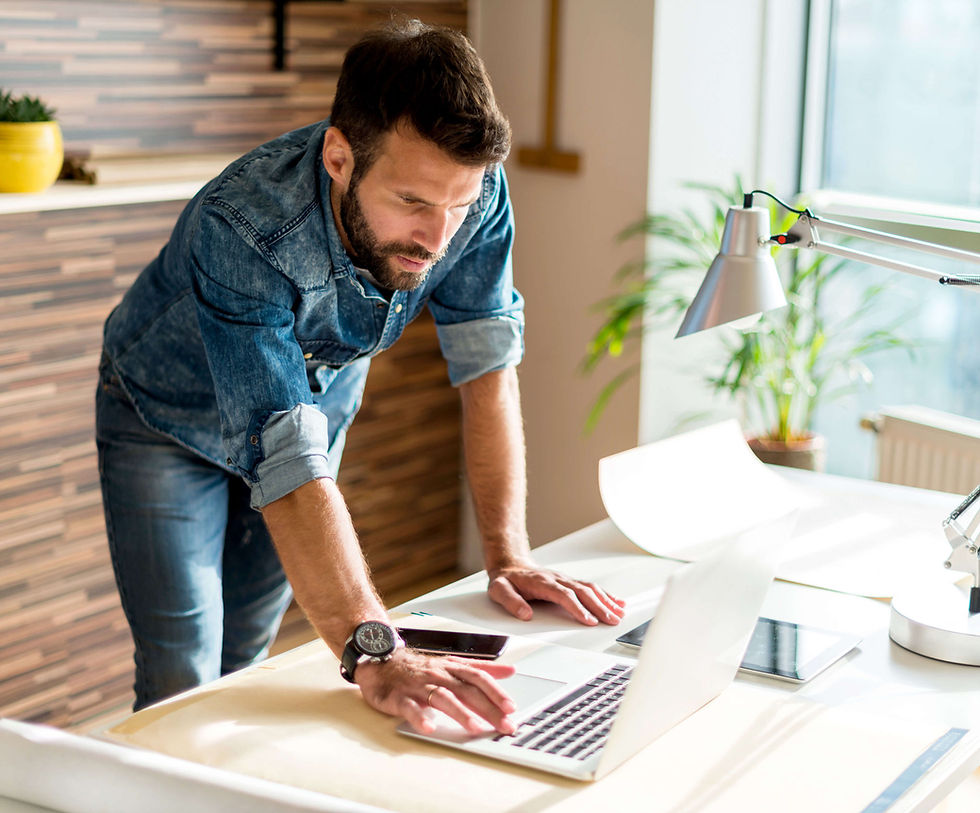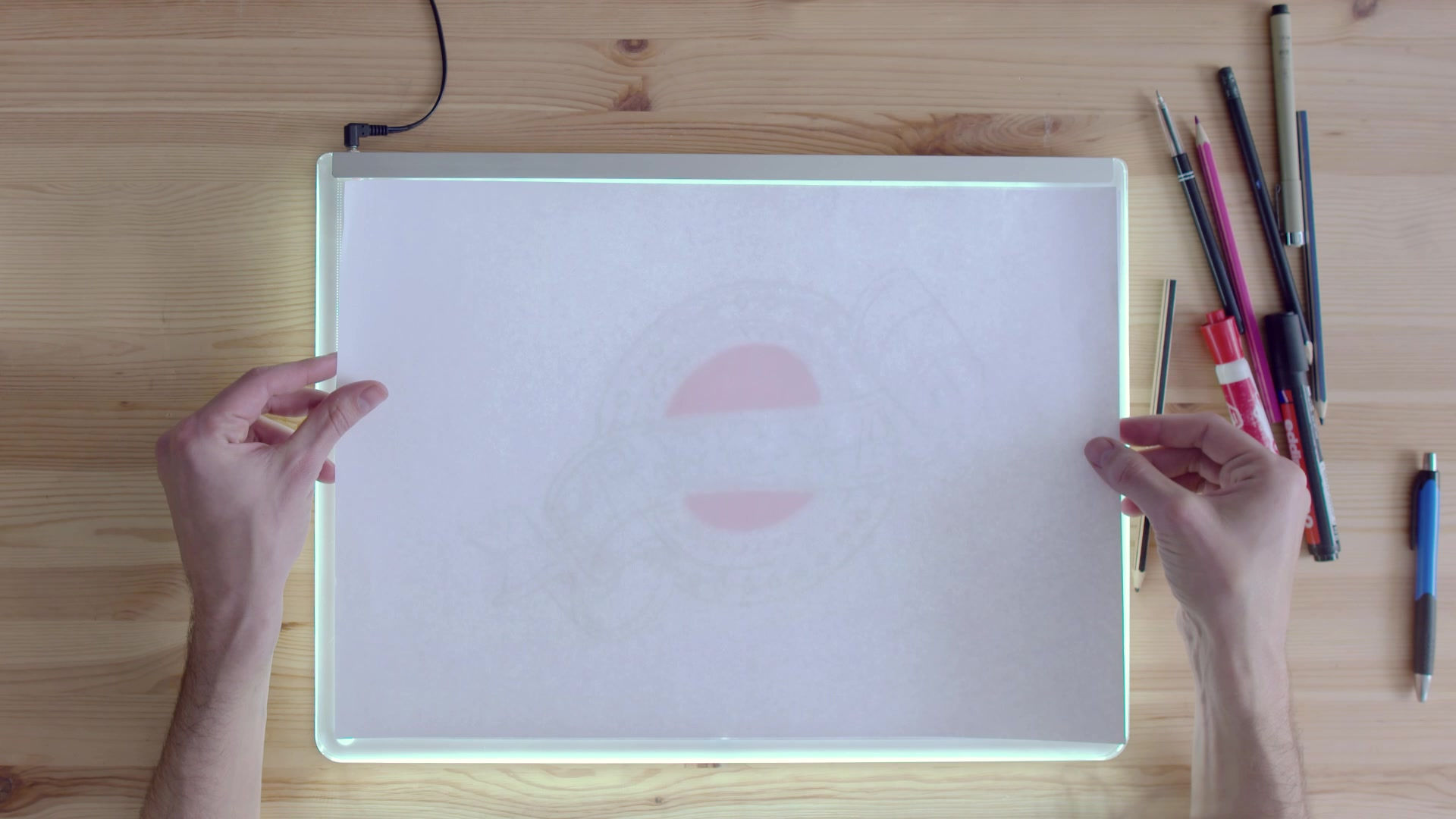Embracing AI: How Artists Can Move Forward, Adapt, and Enhance Creativity
- Jether Kish

- Jun 15, 2023
- 2 min read
Artificial Intelligence (AI) has become an indispensable tool across various industries, and the world of art is no exception. Artists today have a unique opportunity to explore the possibilities of AI and leverage its capabilities to move forward, adapt to changing times, and unlock new levels of creativity. By incorporating AI into their artistic practices, artists can expand their creative horizons, experiment with novel techniques, and create captivating works that push the boundaries of traditional art forms. In this article, we will delve into how artists can harness the power of AI to enhance their creativity and forge new paths in the art world.

Collaborative Creativity
AI can be seen as a collaborator, working alongside artists to inspire and assist in the creative process. With AI tools, artists can generate new ideas, explore alternative perspectives, and experiment with unconventional techniques. By combining their artistic intuition with AI algorithms, artists can uncover fresh insights and take their creativity to uncharted territories. This collaboration between human imagination and AI's computational capabilities can yield astonishing results.
Augmenting Artistic Skills
AI technology can augment an artist's existing skill set and provide access to new tools and mediums. For instance, AI-powered image editing software can automate time-consuming tasks, enabling artists to focus more on conceptualization and ideation.

Additionally, AI algorithms can analyze vast amounts of data and generate visualizations or patterns that inspire artists to explore different styles, colors, or compositions. This can result in the discovery of new artistic directions and unique expressions.
Interactive and Immersive Experiences
AI opens up avenues for artists to create interactive and immersive experiences that engage viewers in new and exciting ways. By incorporating machine learning and computer vision techniques, artists can develop artworks that respond to viewers' movements, emotions, or environmental cues. These interactive installations blur the line between the audience and the artwork, fostering a deeper sense of connection and engagement.
Data as a Creative Medium
AI thrives on data, and artists can tap into this resource to generate innovative works. By utilizing machine learning algorithms, artists can analyze and interpret data sets to create visualizations, sonifications, or even physical sculptures. This data-driven approach allows artists to explore complex phenomena, reveal hidden patterns, and present information in captivating and thought-provoking ways.
Pushing Boundaries and Challenging Norms
Incorporating AI into artistic practices empowers artists to challenge traditional norms and push the boundaries of what is considered "art." AI-generated artworks, such as paintings, music compositions, or poetry, have already gained recognition in the art world. Artists can explore the intersection of AI and human creativity, raising questions about authorship, authenticity, and the role of technology in shaping artistic expression.
Conclusion:
Artists have always been at the forefront of embracing new technologies and using them as tools for creative expression. AI provides a unique opportunity for artists to expand their creative potential, collaborate with intelligent systems, and explore uncharted artistic territories. By leveraging AI, artists can enhance their skills, create immersive experiences, utilize data as a creative medium, and challenge traditional norms. As the art world continues to evolve, embracing AI will undoubtedly open up new avenues for artists to move forward, adapt, and push the boundaries of their creativity.



Comments